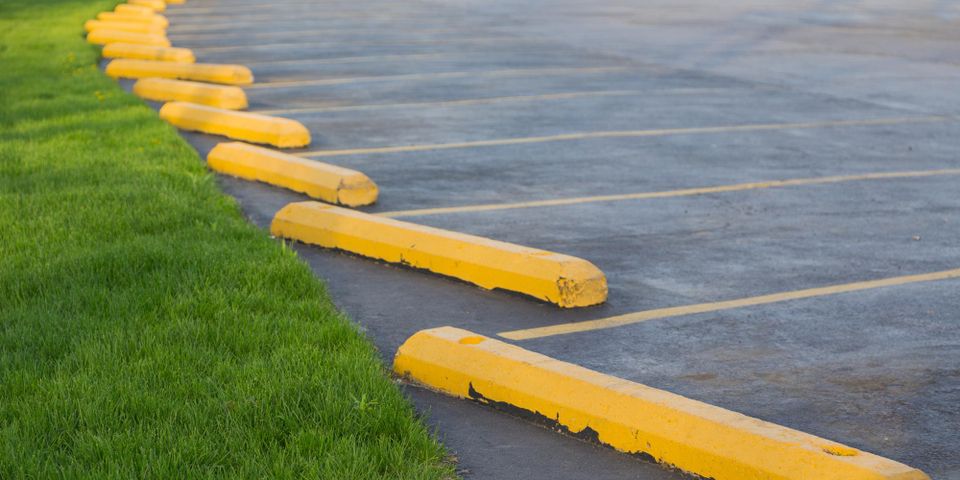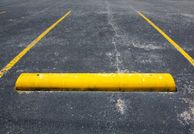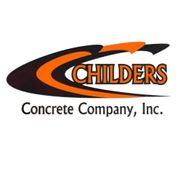How to Install Precast Concrete Parking Blocks

Parking lots can be dangerous places, but protective measures can reduce the number of accidents and injuries. Parking blocks, also known as wheel blocks, help prevent cars front accidentally hitting the sidewalk, other cars, or even buildings. Most commonly made of precast concrete, they’re installed using heavy-duty spikes or bolts to ensure they’re secure and can effectively stop a moving vehicle. Here’s a closer look at the installation process.
Choosing the Right Parking Blocks
Although precast concrete parking blocks are the most common and durable, they can also be made of rubber or plastic. Some businesses also use railroad ties or decorative items, such as wooden flower barrels, to block cars from restricted areas—though these items are far less effective and may need to be replaced often.
 Generally speaking, concrete parking blocks only need to be 4 to 6 feet long to effectively stop cars with a typical width of 7.5 inches and a height of 4.5 inches. The longer length is typically used to straddle two parking spots, reducing the number of stops required. That being said, for parking areas that see a lot of truck traffic, a heavier 8-foot parking block is often necessary.
Generally speaking, concrete parking blocks only need to be 4 to 6 feet long to effectively stop cars with a typical width of 7.5 inches and a height of 4.5 inches. The longer length is typically used to straddle two parking spots, reducing the number of stops required. That being said, for parking areas that see a lot of truck traffic, a heavier 8-foot parking block is often necessary.
Installing With Spikes
Installing a parking block is a multi-person job. If it’s being installed with metal spikes, the first step is to mark the location of the pre-bored holes in the block and then remove the block. Then the hole for the spike must be drilled into the concrete using a hammer drill; in most cases, blocks require 18-inch spikes.
Once the holes are dug and cleaned, replace the parking block, aligning the holes in the concrete with the drilled holes in the concrete or asphalt. Hammer the spikes into the holes until they’re snug, then coat with epoxy to prevent cracks.
Installing With Bolts
If you opt to use lag anchors and bolts rather than spikes, the first steps are the same: Mark the location of the holes in the precast concrete parking block, then drill the holes using a hammer drill. For lag anchors, you only need to drill about 4 inches into the concrete. Place the lag anchors into the holes, then tap them with a sledgehammer until they’re flush with the surface of the hole.
Then reposition the parking block, aligning the holes. Beginning with the center hole, place a washer on the bolt and tighten the bolt in the hole about three-quarters of the way. Once all the bolts are in place, tighten them by hand to secure the parking block.
To improve the safety of your parking areas, contact the professional concrete contractors at Childers Concrete Co Inc in High Point, NC. Serving the Piedmont Triad area since 1946, this family-owned business can meet all your concrete needs, including precast concrete blocks, concrete repair, and ready-mix concrete. Visit their website for a full list of services or call (336) 841-3111 for more information.
About the Business
Have a question? Ask the experts!
Send your question

